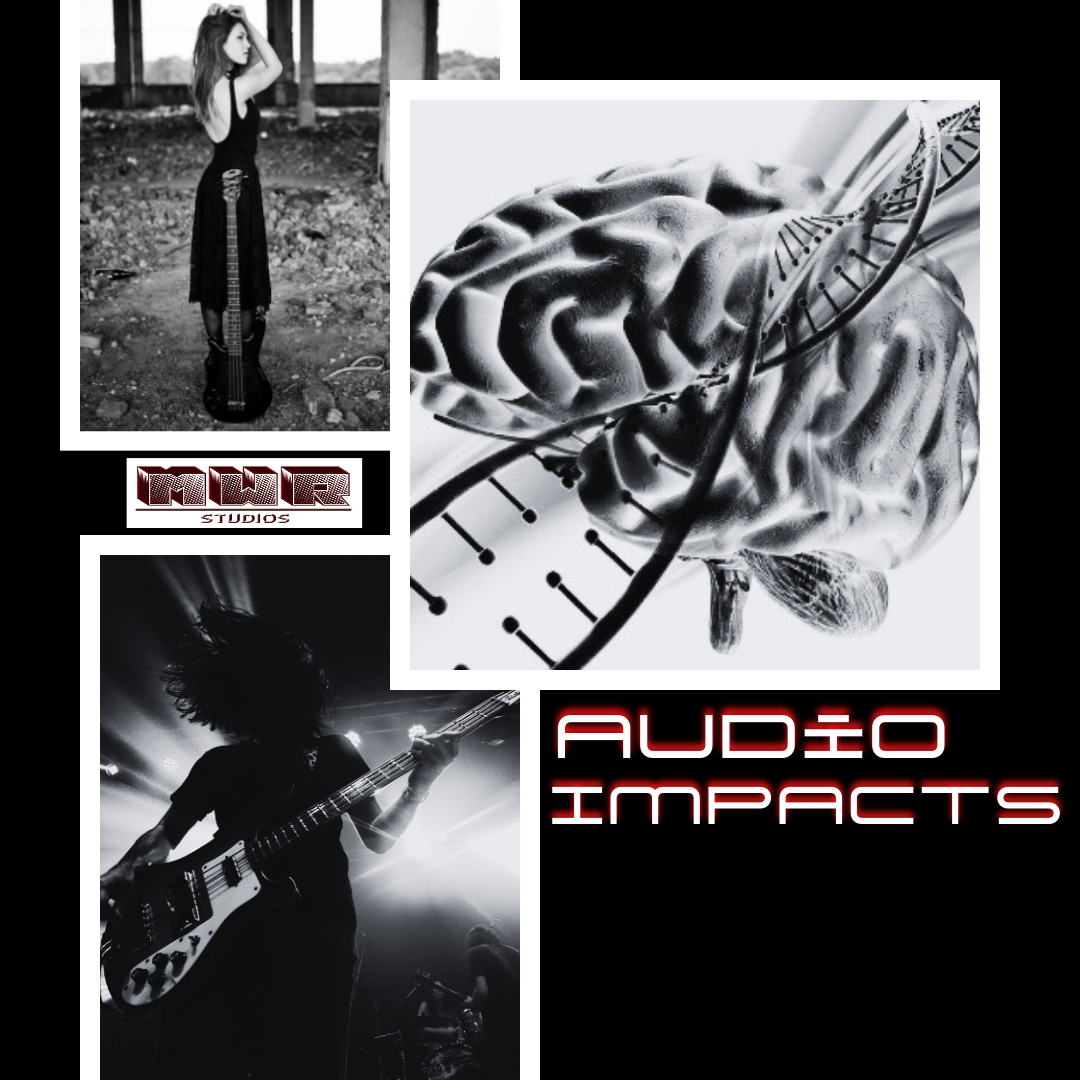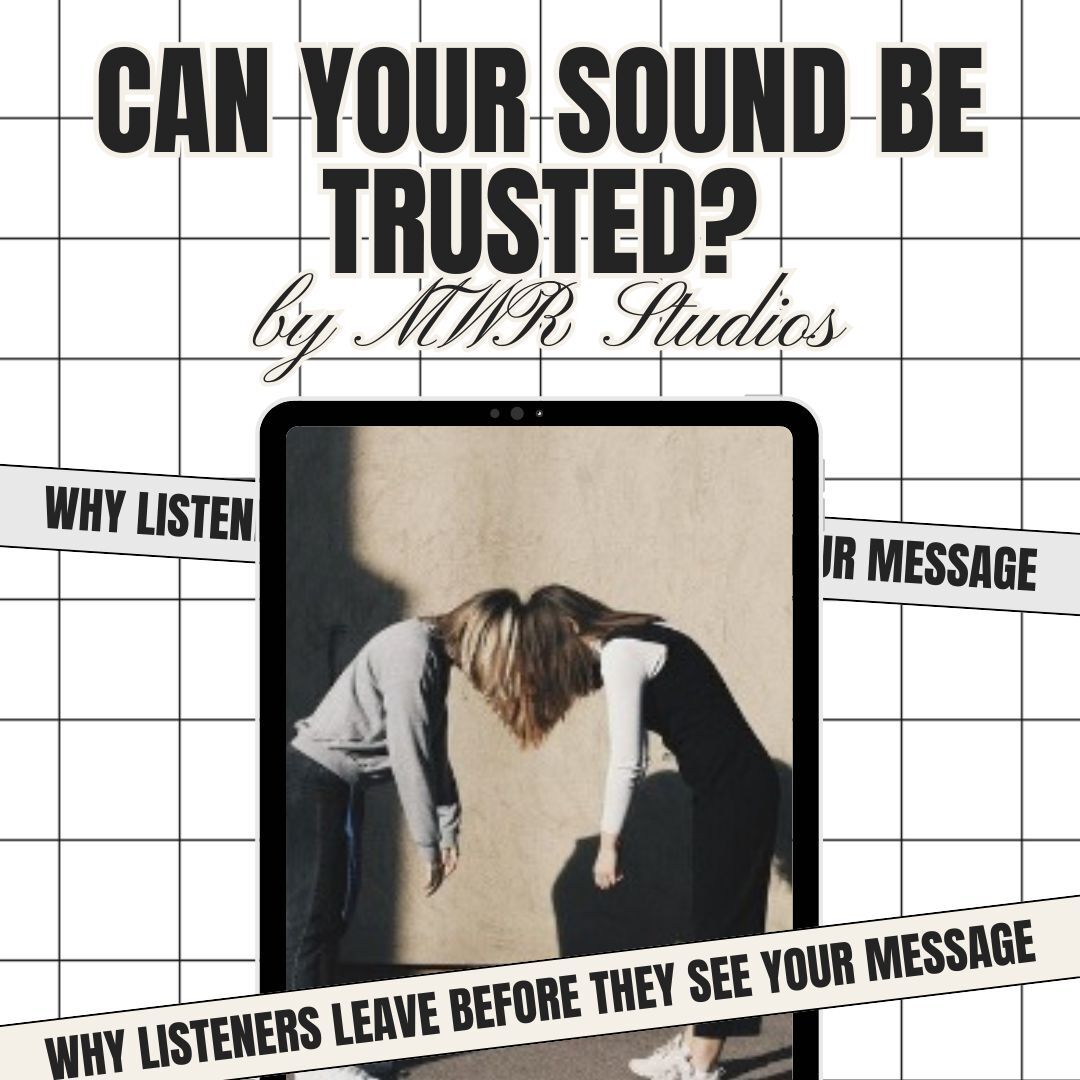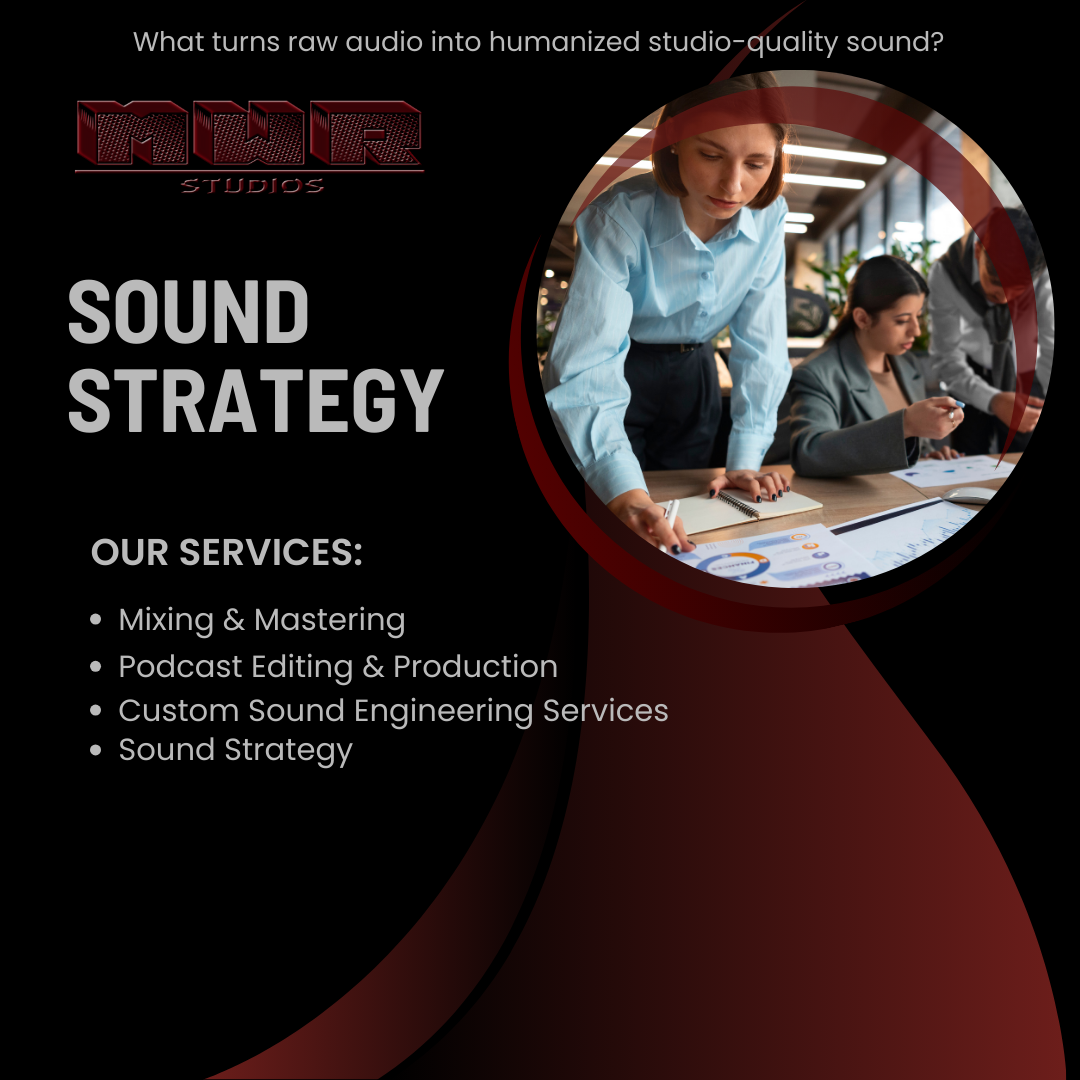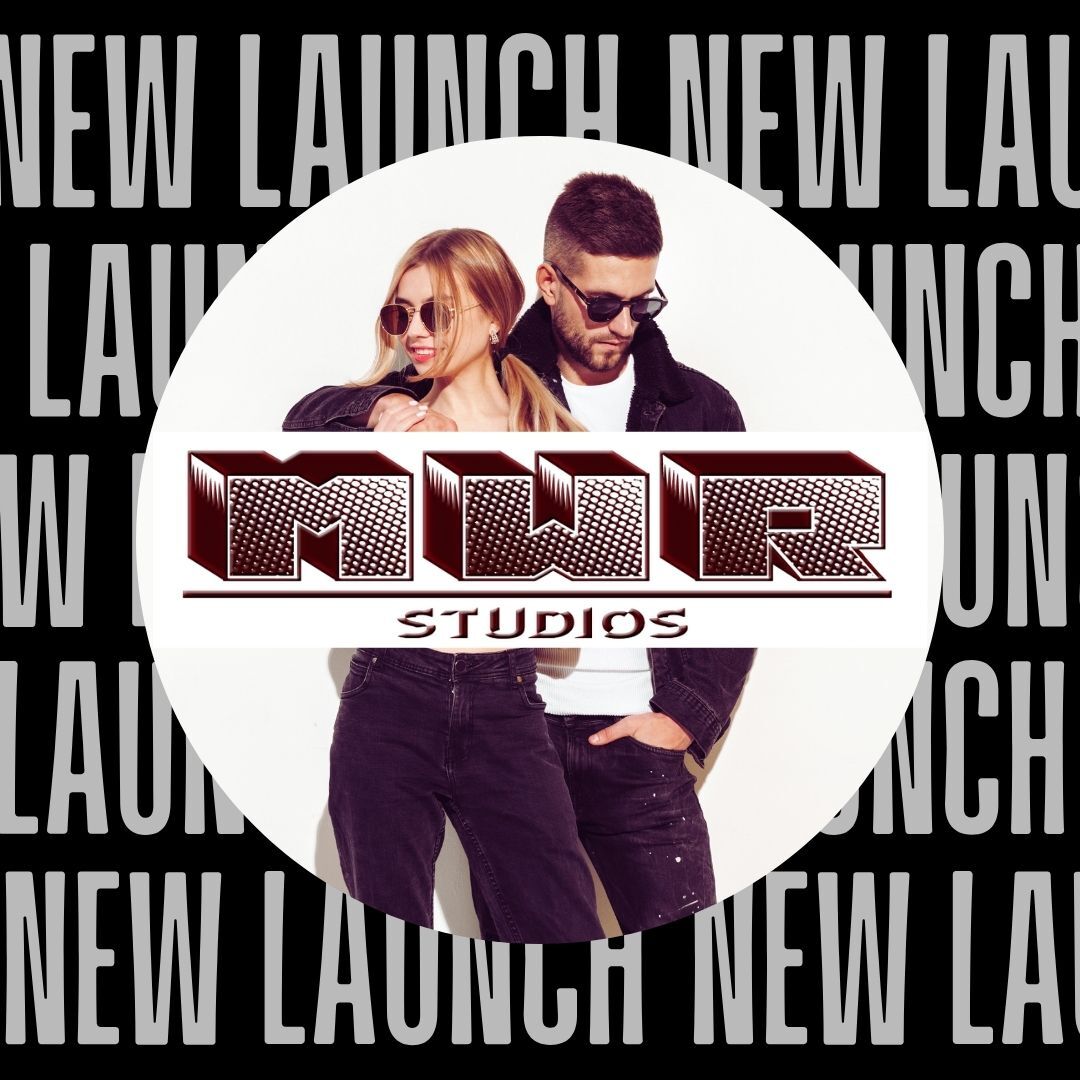Real-World Case Studies: AI Voice Boosting Results
 Here are some grassroots-level case studies (mostly from practitioners) showing tangible wins:
Here are some grassroots-level case studies (mostly from practitioners) showing tangible wins:
- HVAC / Plumbing Business: An AI voice agent managed calls 24/7, routed customer information, and triggered follow-ups—all without hiring extra staff. Result: $20,000 saved in "lost bookings" within 30 days, with increased conversions and responsiveness.
- HVAC — Peak Season Solution: AI agent covered surges in customer calls that otherwise went unanswered (roughly 25% were previously lost), enabling staff to focus on core tasks and improving call response rates.
- Toy Retailer: AI voice support dropped voicemail by 99% and boosted sales by 25%. The voice agent handled 82% of inquiries and raised average order values by $50 via better personalization.
- Voice AI Agency Case: A founder helped multiple clients automate calls with AI voice systems—e.g., an e-commerce returns handler—resulting in a 70% reduction in staff-handled calls and 24/7 coverage, earning $30K/month within 9 months.
"I didn't realize how much a voice affects my perception until I compared AI-generated messages with human recordings. The human ones felt thoughtful, deliberate, and trustworthy—I actually wanted to engage," stated an anonymous customer from MWR Studios’ client survey.
"Sound isn't just about clarity or volume—it's about context, intention, and emotional layering. AI can hit the notes, but only humans can sculpt the way the listener feels those notes," clarified a sound engineer at MWR Studios.
The Strategic Role of Sound in CX
 Sound doesn't just transmit words — it conveys identity, emotion, and trust. Here are several examples:
Sound doesn't just transmit words — it conveys identity, emotion, and trust. Here are several examples:
- Persona Design – Choosing tone, pitch, and accent that match your audience (e.g., calm and warm for a church network; upbeat and confident for an e-commerce brand).
- Emotional Adaptability – Even in automation, design prompts that sound kind, helpful, and present. Sounds can shift from friendly to authoritative based on context.
- Conversational Flow – Incorporating small talk, pauses, and empathy cues to keep AI voices from sounding cold. But for those who want the real feel, they should use a real sound engineer who has the ear to hear and the keen eyes to notice these details and implement them into the flow.
- Continuous Optimization – Analytics can refine scripts and tone based on audience reactions, but when using a sound engineer, you won't have to worry about re-training it to know your brand, they will have a knack for it, as it is what they do.
- Transparency & Trust – It's important to clearly disclose when a voice is AI, especially in faith-based or emotionally sensitive contexts. Suppose people feel that you are all AI-based. In that case, the level of trust automatically goes down, because most consumers want real people to help because they have their own experiences they've lived through. In contrast, AI is just what it is programmed to be, without a genuine connection.
"Mixing, mastering, and emotional delivery are all human responsibilities. A machine can follow parameters, but it can't anticipate the subtleties of timing, phrasing, or the impact of a breath in a sentence," explained the Sound Engineering Team at MWR Studios.
"AI can follow rules, but marketing often requires intuition. Human sound professionals adjust pacing, emphasis, and subtle intonation to make our messages feel alive and relevant to real people."
– Tifani W., Director of Marketing & COO at MWR Studios.
Real-World Results from Voice Strategy
Even today, expert, human-driven sonic craftsmanship continues to outperform or beautifully complement AI choices. Let’s take a look:
- HVAC Company –The sound engineers designed call-flows and escalation paths, wrote/edited prompts, tuned STT lexicons for HVAC terms (e.g., "condensate pump," "SEER"), set barge-in and silence thresholds, mixed on-hold beds, and QA'd weekly to reduce error loops.
- Toy Retailer –The sound engineers crafted brand-safe persona and upsell scripts, adjusted TTS prosody and pacing, curated seasonal prompts, set fallback-to-human rules, and monitored analytics to reduce misroutes.
Human-Centered Sound Engineering in Action
- SRP: A human voice-over pro was tapped to record over 350 on-hold message prompts for a brand refresh, delivering all the content within 48 hours—with consistent voice, tone, and brand alignment throughout. The real-time collaboration—complete with producer and writer in the session—makes the audio feel personal and alive. This project also scaled to radio commercials that engaged teams creatively and drove traffic fast.
- MMS: For wait-call environments (e.g., banking, phone queues), MMS designed ambient music and soundscapes that reduced perceived wait times by 17%, lifted trust by 40%, and increased positive emotions by 39%—proving that expertly crafted human-curated sound matters even in "automated" touchpoints.
- Professional Mixing Engineers & Empathy-Driven Collaboration: A 2023 study shows that mixing engineers rely heavily on empathetic, iterative communication—using reference tracks and client feedback—to nail the right tone and mix. This intentional human touch helps align expectation with delivery in ways that automated tools still struggle to match.
Multi-Church Network
- Human voice-overs for sermons and devotionals kept messages authentic. Preachers and devotional leaders rely on authentic narration—recorded and mixed by human artists—for a warm, credible connection.
- AI voice cloning of the founder's tone handled app announcements and phone greetings.
- Consistent audio branding across livestream intros, podcasts, and chatbot responses-built familiarity and trust. Behind the scenes, a sound engineer can also ensure voice matches emotional pacing, ambient consistency, and maintains tonal integrity across all touchpoints—from livestreams and podcasts to IVR systems.
"We learned that AI alone can't carry the weight of brand perception. It's the human intervention—the tuning, the pacing, the careful sound design—that transforms efficiency into connection."
— Travis W, Lead Sound Engineer & CEO at MWR Studios.
"Scalability is great, but it's the human touch in sound design that makes marketing memorable. Whether it's rebranding voiceovers or on-hold soundscapes, humans turn functional audio into an emotional experience."
— Tifani W., Director of Marketing & COO at MWR Studios.
"Every touchpoint—be it a rebranding voiceover or a mixed livestream—requires empathy-driven iteration and sonic precision. Humans are what turn consistent audio into memorable experiences. We sculpt sound in real time, adding on-hold mixes, or iterating with clients to achieve emotional alignment that machines just can't replicate "
— Sound Engineering Team at MWR Studios.
"I noticed immediately when something felt off in a phone menu or livestream. AI voices are fine, but when humans were behind the sound, it felt personal and intentional."
— Anonymous customer from MWR Studios’ client survey.
So, what was the key insight? While AI excels in handling large volumes and maintaining consistency, seasoned human sound professionals — voice talent, sound designers, mixing engineers—bring empathy, nuance, alignment, and emotional context that can't be faked.
For organizations serious about real human connection and relatability, the best outcomes are forged through a thoughtful blend of decisions that include answering the main question:
When should AI take the mic, and when is the human voice irreplaceable? At what touchpoints should we use AI, and at what touchpoints should we invest in a sound engineer?
Why AI Alone Can't Meet Every Customer's Sound Needs
While AI voice and audio tools have made giant leaps in speed, accessibility, and cost-effectiveness, sound is more than just sound waves — it's about context, culture, and connection. And here's where AI often falls short:
- Accents & Dialects: AI often flattens regional speech or mispronounces industry-specific jargon, erasing the authenticity customers expect.
- Emotional Nuance: Subtle inflections—like warmth in a welcome message, urgency in an emergency announcement, or empathy in customer support—are still difficult for AI to deliver convincingly.
- Audio Quality Matching: AI-generated voices can be tonally "perfect," but if the audio isn't mastered to match other brand assets (ads, videos, podcasts), it can feel out of place or even amateurish.
- Cultural Sensitivity: Sound design and voice choices that resonate in one market can feel awkward—or even offensive—in another. AI lacks the lived experience to navigate these nuances.
- Adaptation in Real Time: Live events, dynamic discussions, and problem-solving moments often require quick adjustments in tone, pacing, or emphasis—something humans do instinctively, but AI struggles with.
For many businesses, this leads to frustration:
They've tried AI solutions that sounded "OK" in demos but fell flat with their real audience. They don't know where to turn when the sound isn't connecting—but they know something feels "off."
That's where human sound engineers come in.
- Diagnosing the root cause of poor sound connection—whether it's mixing, delivery, or script structure.
- Shape voices (human or AI) so they feel alive and on-brand.
- Work alongside AI tools, enhancing them instead of replacing them, so every interaction lands the way it should.
Bottom line: AI can generate sound. Human experts make it resonate.
The truth is simple: AI can handle speed, scale, and routine—but sound that connects on a human level still requires, well… humans. From crafting emotional tone to matching audio quality across channels, human engineers step in where AI leaves off.
"We've seen AI handle massive volumes flawlessly, but the real impact comes when human engineers shape the tone, timing, and emotional depth. That's what turns routine communication into something people actually remember. Our engineers make sure every voice interaction feels deliberate, intentional, and aligned with our brand," stated Travis W, Lead Sound Engineer & CEO at MWR Studios.
So, if you've ever heard a voiceover that sounded "fine" but somehow didn't click, you already know why. It's not just what's said—it's how it's delivered. And in that gap between good enough and memorable, human expertise is still the difference-maker.
Tifani W., Director of Marketing & COO at MWR Studios shared, "You can't underestimate the difference a human touch makes in sound. The balance is critical. AI might speak the words, but humans shape how those words land—whether it inspires trust, connection, or action. Even perfectly articulated AI voices can feel sterile. Our sound team adds warmth, pacing, and emotional cues so that every message actually resonates with the audience."
"Human engineers adjust timing, emphasis, and intonation so that every voice feels alive and real, not just generated. I spend hours refining mixes and vocal delivery to make the audience feel seen and heard. The difference between 'good enough' and memorable often comes down to breaths, pauses, and inflections—small details only humans notice and perfect."
— Sound Engineering Team at MWR Studios.
"I've hung up on automated messages that felt robotic. But when a human's expertise shapes the sound, even routine updates feel approachable and trustworthy. Real people make the interaction feel like someone actually cares about your experience. I didn't realize how much sounds could affect me; the difference is immediate—I feel more understood and engaged."
— Anonymous customer from MWR Studios’ client survey.
AI voices are powerful for scaling and streamlining communication. But it's the human element—the warmth, imperfection, and real-time connection—that turns a message into a moment. The future isn't AI or human—it's AI + human, blended strategically to balance efficiency with Authenticity.

















